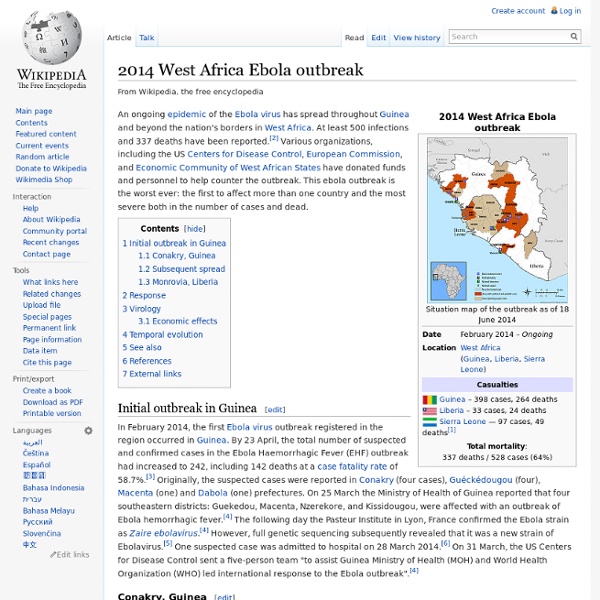2014 West Africa Ebola outbreak

Myst IV: Revelation
The plot of Revelation ties up loose ends from the original Myst. The player is summoned by Atrus, a man who creates links to other worlds known as Ages by writing special linking books. Almost twenty years earlier, Atrus' two sons nearly destroyed all of his linking books and were imprisoned; Atrus now wishes to see if his sons' imprisonment has reformed them. The player ends up traveling to each brother's prison, in an effort to recover Atrus' daughter Yeesha from the brothers' plot. Gameplay[edit] The mouse cursor helps to provide visual cues for player actions and movement. Revelation features several gameplay enhancements that aid puzzle solving and plot progression. Plot[edit] The Stranger sets out to find Yeesha. Development[edit] Screenshot of the Serenia Age; each world in Revelation has its own distinct visual style.[7] The visuals of the game were positively received upon release. Audio[edit] Reception[edit] References[edit]
YouTube
Related:
Related:



